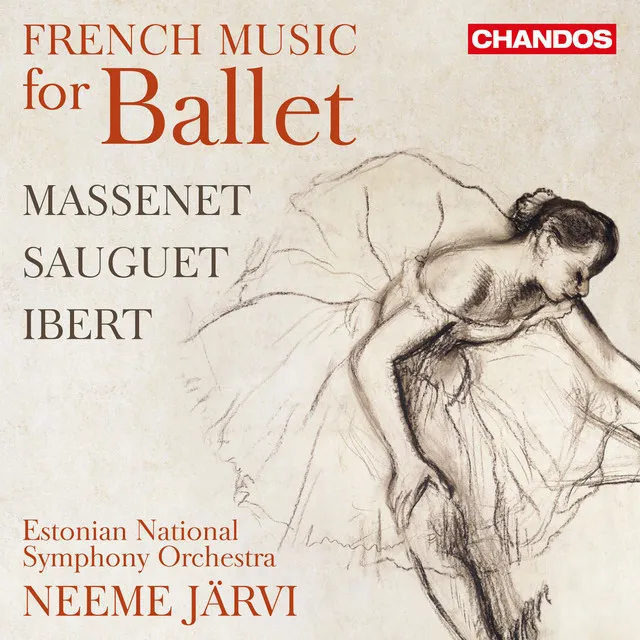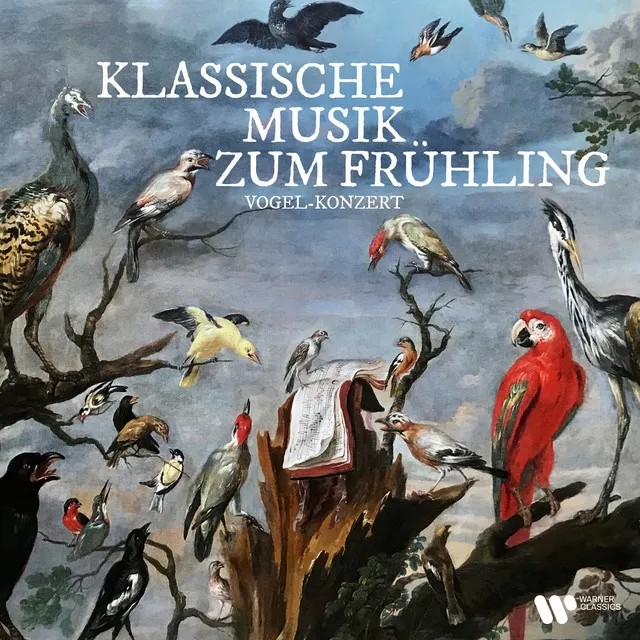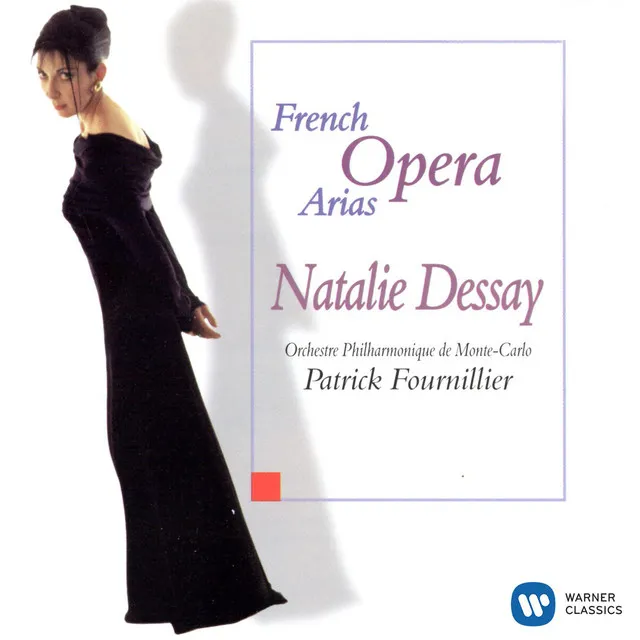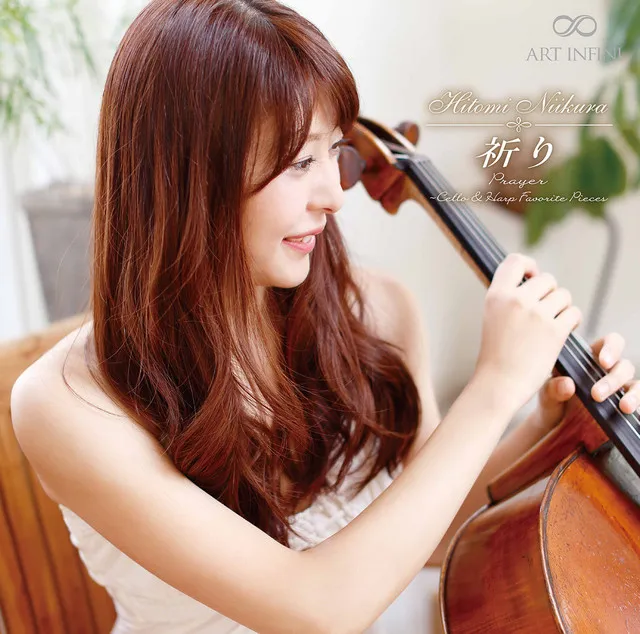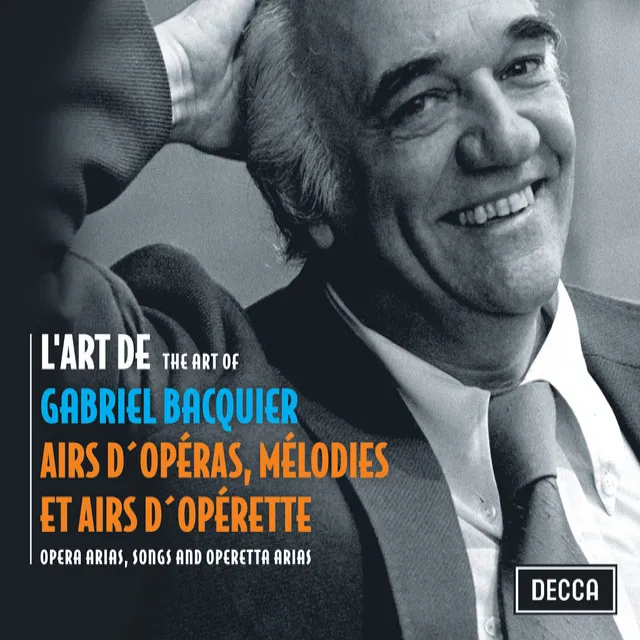Henri Sauguet had a successful career in France, though he had considerably less international fame. His music is emotionally restrained, deceptively simple, and formally clear.
Born Jean Pierre Poupard, he took his mother's maiden name as his professional surname. He exhibited early interest in and skill at music and was given piano lessons. As a boy, his favorite composers were Schumann, Bizet, and Debussy. He studied organ with Paul Combes, then obtained a job in a small church near Bordeaux. He then continued his musical training by studying composition with J.P. Vaugourgin and Joseph Canteloube.
The music of Igor Stravinsky and the cool simplicity of Erik Satie's music excited him. When Jean Cocteau dubbed a group of Paris-based composers "Les Six," Sauguet started writing to one of its members, Darius Milhaud. Sauguet also began to call himself and two Bordeaux friends (another composer and a poet) "Les Trois."
The correspondence with Milhaud led to the composer asking Sauguet to send him some of his works. Sauguet wrote a piano suite called Trois Françaises and sent it to Milhaud. For an early effort, these tender portraits are highly worthwhile, already showing the characteristic clarity of Sauguet's musical thought. Milhaud was impressed, and recommended that the younger man should move to Paris.
Milhaud introduced Sauguet to composer Charles Koechlin, who became a teacher to Sauguet and to Satie. Although Satie was never Sauguet's teacher, he was one of the strongest influences on Sauguet's music. Sauguet and a few friends who also admired Satie (Henri Cliquet-Pleyel, Maxime Jacob, and Roger Désormière -- later a famous conductor) established a group to put on a concert. They called it the "School of Arcueil," named after the location of Satie's home. Satie supported the group when they organized the concert, and introduced them at that beginning.
This led to Sauguet's first important commission when a Mme. Beriza asked him for a stage work, Le Plumet du colonel (The Colonel's Helmet). Experts on Sauguet say this bright and often comic piece has several instances of misjudged orchestration and other flaws.
Once again, the École du Arcueil gave a concert, and this led to another stage commission. Sauguet had written a ballet score called Les Roses, in which the marks of his inexperience and lack of conservatory training were left behind. This success led to his establishment in his chosen career when famous ballet impresario Serge Diaghilev commissioned a new work from him. The work, Le Chatte (The Cat) was choreographed by the young Georges Balanchine and was an immense success. Sauguet was now able work full time at his music, although he also wrote perceptive music criticism throughout his career.
Sauguet's greatest popular success was in ballet. The best of his ballets, and the work by which he is best known outside of France, was Les Forains (The Strolling Players) (1945), about some talented, slightly tattered, but ultimately hopeful musicians.
He was a talented and important vocal composer. He worked ten years on Le Chartreuse de Parme (The Charterhouse of Parma), a number opera that had a reputation in France as his most important work. Internationally, however, operagoers find his works in that form to be short on emotion and drama.
He wrote numerous works for radio, television, stage, and film, four numbered symphonies, several charming concertos for diverse instruments, and a large quantity of chamber and other instrumental works, including solos for harmonica and musical saw. He remained a tonal composer, although at times he used an expanded form of tonality and composed some musique concrète.

